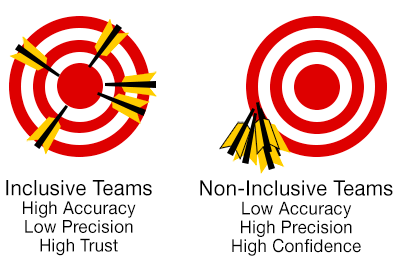Education & Training
Who We Are
We train the next generation of academic leaders, physicians, and scientists to excel in the evolving and increasingly complex healthcare and research systems.
As internists, we embrace complexity, the scientific method of problem solving, evidence-based decision making, a commitment to lifelong learning, and an attitude of caring in our clinical work. We approach education in the Department of Medicine in the same way, developing our learners’ clinical and scholarly skills in a culture of support and psychological safety. Our learning environment uses this approach at all levels of training, from the nascent medical student through the continuously developing attending physician.
Our Approach and Learning Environment
High Academic Challenge with High Support
Adapted from Daloz A. (2012) Mentor: Guiding the Journey of
Adult Learners. Jossey-Bass.
- Adult learning theory and educational literature show the optimal learning environment is when the learner is challenged academically by being put in the position of primary decision maker for their patients.
- Literature also proves that your learning is exponential in this setting when you have psychological safety.
- We are all on a learning curve for the entirety of our careers. We teach you to embrace what you don’t know (yet), rather than to fear what you don’t know.
- Rather than “things you can do better,” we teach and believe that you have “next steps” in your lifelong development.
Diversity and Inclusion

We are better as a team and department by embracing and including diverse people and perspectives. We value and embrace diversity of race, sex, sexual orientation and profession.
Diverse and inclusive teams are twice as creative, twice as productive and twice as accurate compared to homogeneous teams. Worse, homogeneous teams are twice as confident in their half as accurate decisions—a scenario to avoid.
Biopsychosocial Model
Patients and their ailments exist in a social context with social determinants of health unique to each person. Our approach addresses patients at all of these levels.
Our Patient Population
We are fortunate that our patient population in Western New York is essentially a random biopsy of the US demographic with urban, suburban and rural settings. Our patients come from all walks of life and have the breadth of clinical issues found at all major academic medical centers in the US. Our health system serves as a local hospital for our local population and a tertiary/quaternary referral center for the entire region.
We believe our learning environment and location provide the optimal setting and logistic for internists at all levels to learn and perform at their best.
Signed,
Ruth O’Regan, MD
Charles A. Dewey Professor and Chair of Medicine
Catherine Gracey, MD
Professor and Vice Chair of Education, Department of Medicine